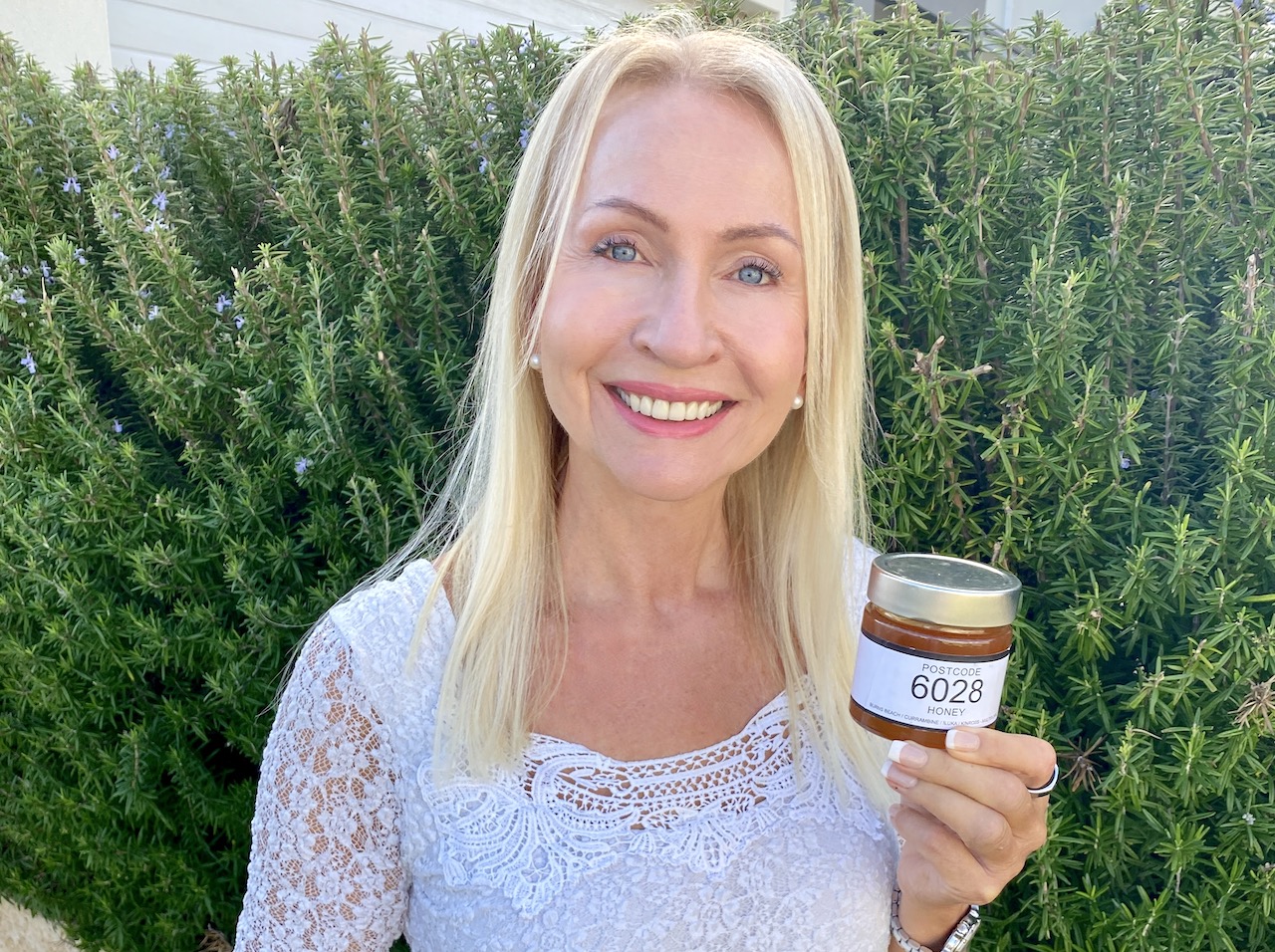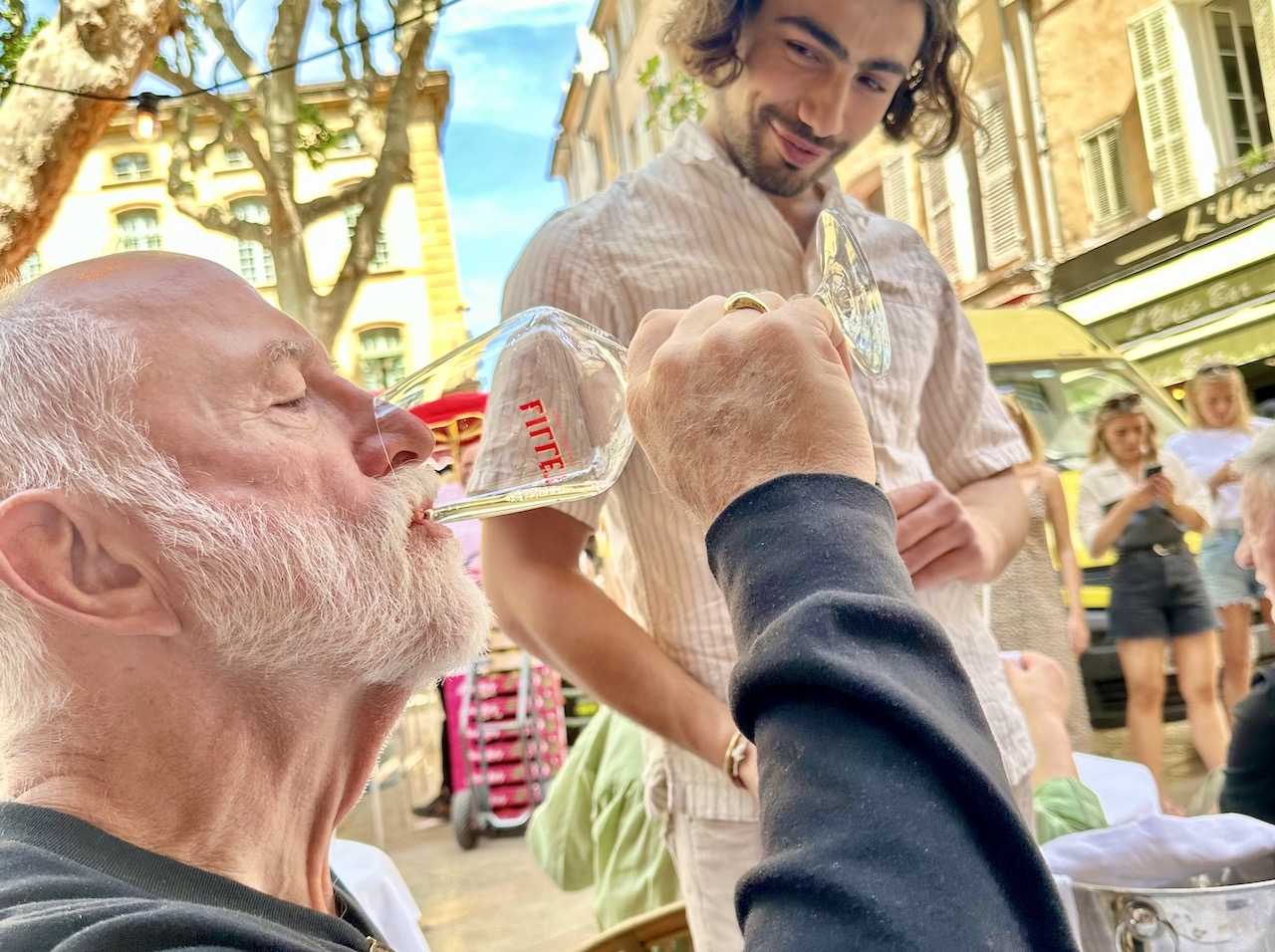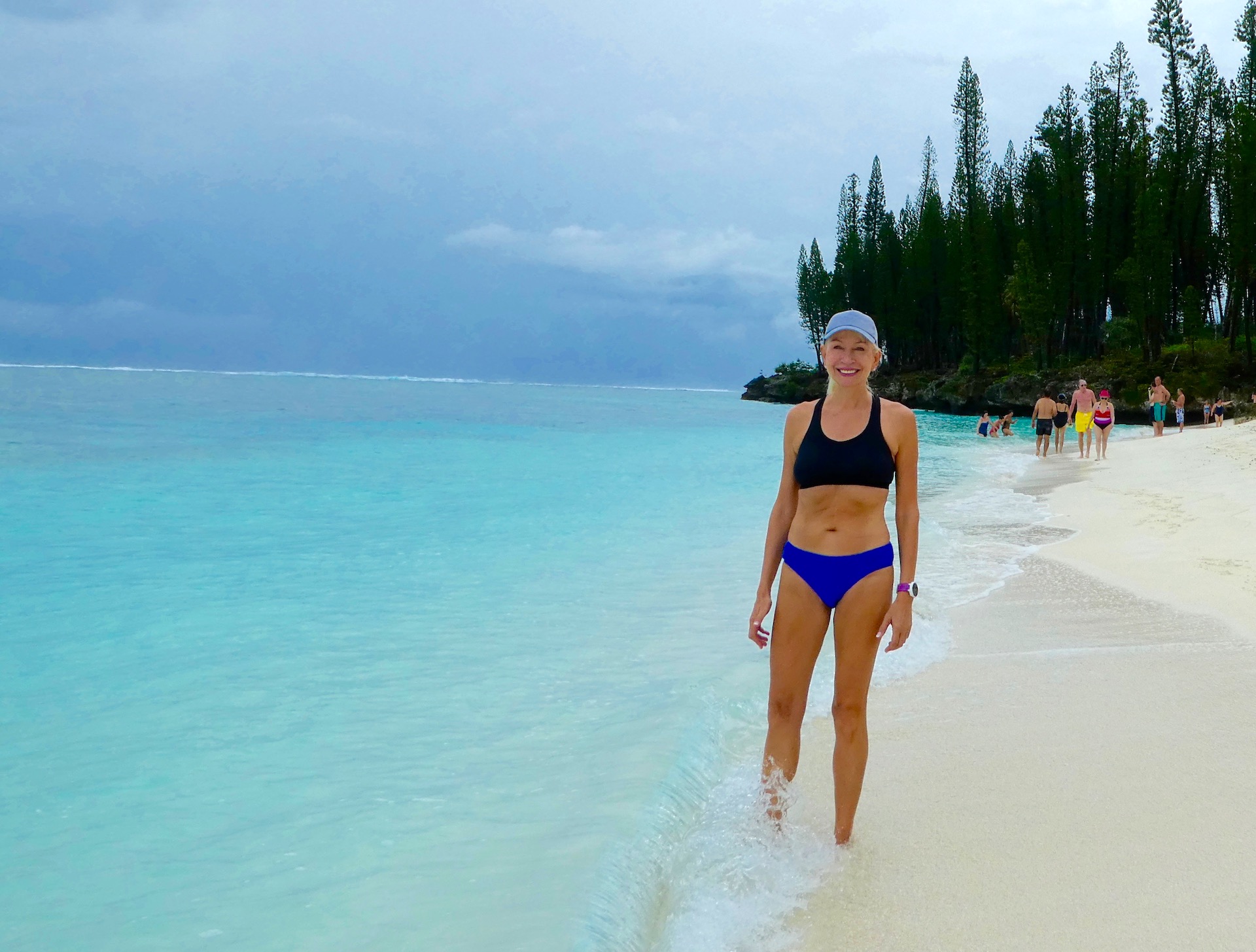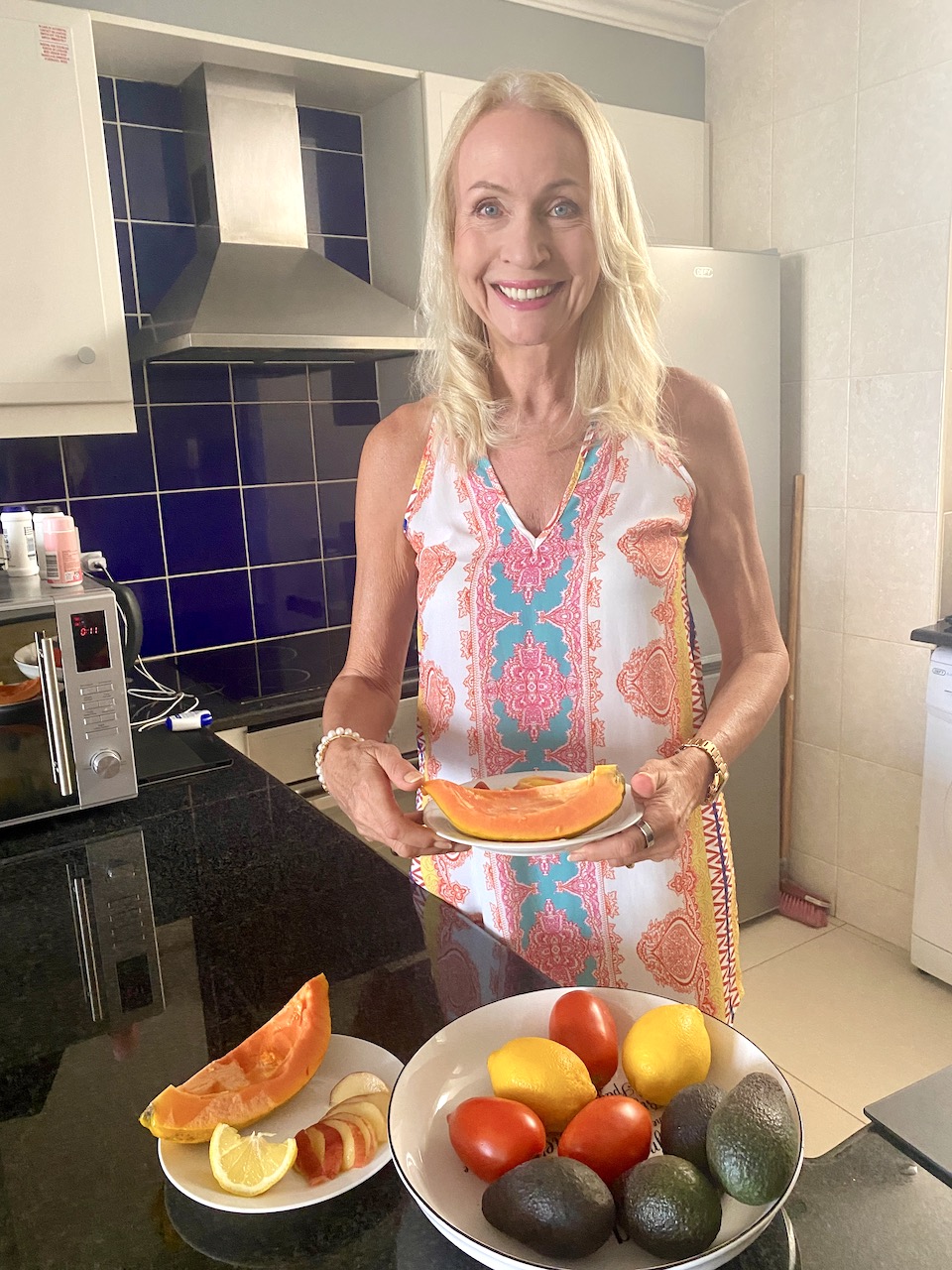As you can’t have helped noticing, says VERNE MAREE, Big, Bad Sugar is the new villain on the block, having taken the place of fat. Now fat is good, as long as it is good fat. That generally holds true wherever you’ve planted your flag in the diet wars. (Except for low-fat vegans, who are unlikely to make old bones… or be reading this blog.)
But there may be a special place reserved for honey. There’s most definitely a place for it in my Low Carb, No Crap™ diet and lifestyle plan.

That’s because I don’t believe carbs are the enemy, either… unless they’re carbage, like anything white and refined. Eating the Low Carb, No Crap™ way doesn’t mean villifying carbs. (It’s more about choosing your carbs selectively, and according to your unique needs and tolerance levels.)
Honey in History
Humans are thought to have been in league with bees for at least 9,000 years, according to localhivehoney.com. Certainly, honey played a central role in the Ancient Egyptian civilisation. Powerful antibacterial properties derived from its relative acidity, the absence of moisture in it, and the presence of special enzymes found in honeybees’ stomachs, make honey incredibly long-lasting. In fact, the honey found stored in Tutankhamen’s tomb, no doubt to sweeten his path to the afterlife, was literally edible after three millennia!
Not so long ago, people liked to say that honey was just another form of sugar, full of empty calories and bearing only trace amounts of nutrients. Not much better than refined white sugar, or Lyle’s Golden Syrup.
I wasn’t so sure. Way back in the seventies, our clever dad, Michael Maree, used to quote British professor John Yudkin’s description of sugar as “pure, white and deadly”. Dad’s approach to health was way before his time: he practised integrative health before it was even a thing; and he didn’t get much wrong – most of what he preached back then is now mainstream truth, including the evils of margarine and other trans-fats.

And Dad loved honey, as untreated as he could get it, and preferably still in the comb. I recall both of my parents drinking hot water with honey and lemon before breakfast. It was to relieve their arthritis, I seem to remember… though they would have still been in their thirties or early forties.

Benefits of Honey
One of the world’s oldest medicines, raw and unfiltered honey has potent healing properties when applied to skin and eye diseases, burns, infections and wounds. The science behind this? According to Smithsonian Magazine, honey, being hygroscopic, draws potentially infective moisture out of a wound, while simultaneously emitting minute amounts of hydrogen peroxide associated with the enzyme glucose oxidase.

Honey’s benefits were appreciated way back in Ayurvedic times, too, more than five millennia ago. To honour that, here’s are my top six from Indian website, daburhoney.com. Honey, it tells us:
- is useful in weight management
- strengthens the immune system
- nourishes skin
- boosts memory
- heals wounds, and
- is a natural sleeping aid
Forbidden Fruit
Just as white bread and polony were forbidden fruit, Dale and I were never allowed the afore-mentioned Lyle’s Golden Syrup. Isn’t it funny how you tend to long for the very thing you’re not allowed to have? The coveted green and gold tin was reserved for making oat crunchies, one of the very few sweet treats (ingredients: rolled oats, dessicated coconut, syrup, butter and bicarbonate of soda) to emanate from my mother’s kitchen.
Honey doesn’t work for crunchies, you see. Something about it not caramelising properly when heated. If you wanted crumblies, however, honey would probably be fine!


Peel’s Honey
During our childhood years in Durban, car journeys inland to Midmar Dam, the KZN Midlands or the Drakensberg mountain range would be broken at the famous Peel’s Honey kiosk. How my little sister and I loved its peanut brittle!

But Peel’s Honey has been going for a lot longer than that. The Peel story goes back to 1924, when Jack Peel operated a little apiary as a hobby. After partnering in 1956 with a local beekeeper, John Smith, they sold bee products next to the highway out of their car boot, before building the little roadside kiosk that I remember.

Nowadays, I’d go for their non-irradiated Raw Honey (second from left), collected and bottled straight from the honey extractor with no “clarification, heating, or pumping through sieves”. But I’m not living there now – and nowadays I believe in choosing local products wherever possible. In short, local is lekker*.
* South African for nice, or sweet
Local is Lekker!
I recently heard Dr Josh Axe on his Ancient Health Podcast – “Seasonal Eating, Fighting Allergies, and the Powers of Local Honey” – advising people to eat unprocessed, local honey to avoid having an allergic response to seasonal pollen and other environmental allergens.
I’d already been making a point of buying local honey, meaning honey from WA, in the same way as I look for local olive oil: my latest EVOO is the exceptional Third Pillar Extra Virgin Australian Olive Oil from the Blackwood Valley region in the southwest of Western Australia. It had been harvested only a month or two before I bought it.

I also season my homemade chicken broth with Prepact Natural Lake Cooking Salt, harvested from natural salt lakes in Western Australia, and sprinkle veggies and salads with Murray River Salt flakes – Australia’s only naturally pink salt. (Click here for a fascinating article on WA’s numerous salt lakes.)

Postcode 6028
Loving the idea that eating local honey would help acclimatise someone to a new environment, I mentioned it to daughter-in-law Carrie. She already knew all about it. Not only that, but she told me that our nearest Farmer Jack supermarket stocked Postcode Honey 6028 – actually harvested from hives in our immediate neighbourhood! (Other WA residents can look for their own postcode honey here.)

I couldn’t wait to buy some – and here it is. And as I spoon it straight out of the jar, I can see the smile on my dad’s face.
For most of the year, the thick and thriving rosemary hedge next to our driveway here in Iluka WA is alive with bees feasting on its tiny blue flowers. Every time I extricate myself from the passenger seat, I wonder if one might sting me, but they never do*. Just imagine, some of the honey in my new jar may have come from our own rosemary!

Since son Carl industriously took his machete to the hedge a couple of weeks ago, hardly any flowers are left and so the bees have buzzed off.
They’ve moved next door, to the neighbour’s flourishing lavender. Happily, experience tells me that it won’t be long before our rosemary sends out new shoots, buds and flowers and the bees come back.

A Spot of Apian Entymology
Someone told me there were two types of bees in WA: indigenous ones that had no sting, and imported/foreign ones that did. That was why Aboriginal people (and the rest of us, presumably) could rob indigenous bee hives with impunity.
According to this article, it’s true that the only stinging bees in Australia are honeybees (Apis mellifera, or Western honeybee) imported by early settlers to pollinate their fruit trees and provide honey and beeswax. Apart from them, at least 50 species of indigenous bees inhabit the bush-lands surrounding Perth WA, and several are found in suburban parks and gardens like our own: especially the blue-banded bee (Amegilla species). Amegillas can sting, apparently, but usually don’t.
Amazingly to me and my sweet tooth, not everyone likes honey. My friend Yvette Hartley, the magnesium guru – who, coincidentally, grew up in the very Midlands of KwaZulu-Natal where Peel’s Honey had its beginnings – hates honey; always has. So does the rest of her family. But if you do like honey, feel free to indulge as I do: as long as it’s genuinely raw and unprocessed. And if possible, make it local!
Next up, maybe something on the increasingly silly diet wars…? and how to gracefully rise above them.









